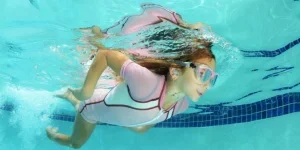Table of Contents
● Introduction
● Main Types of Earplugs for Swimming
● Current Market Overview of Swimming Earplugs
● Factors to Consider When Choosing the Right Earplugs
● Leading Models and Their Features
● Conclusion
Introduction
Earplugs for swimming have become an essential accessory for those seeking protection against water-related ear problems. These products help create a secure barrier that prevents water from entering the ear canal, reducing the risk of infections such as swimmer’s ear. As demand for ear protection grows in 2025, it’s important to understand the different types of earplugs available, their materials, and features. The right earplugs can offer comfort, durability, and the right fit, ensuring that users can enjoy their swimming activities without worry. Selecting the best earplugs requires careful consideration of individual needs, such as fit, water resistance, and overall quality.
Main Types of Earplugs for Swimming
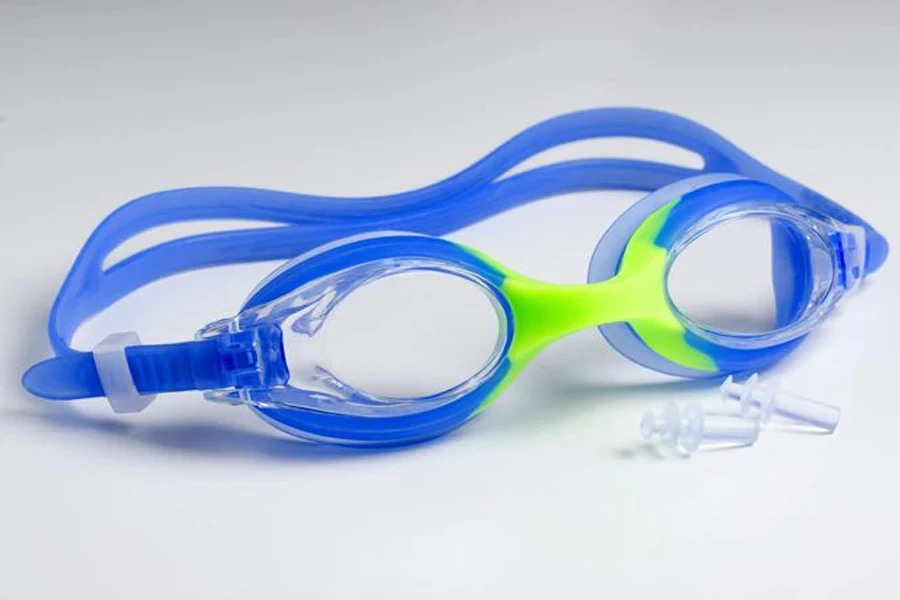
2.1 Moldable Earplugs: Custom Fit for Maximum Comfort
Moldable earplugs are crafted from soft, pliable materials such as silicone, allowing users to shape them to the unique contours of their ear. This personalized fit is a significant advantage, as it creates a secure and snug seal that minimizes the risk of water leakage. The ability to mold these earplugs ensures a high level of comfort, making them ideal for extended swimming sessions where comfort is key. Swimmers who seek an earplug that adapts to their ear’s shape will find moldable earplugs to be a reliable choice. The soft material also reduces irritation, an important factor for those with sensitive skin or who swim frequently.
However, moldable earplugs are not without their drawbacks. Over time, the earplugs can lose their effectiveness due to wear and tear, especially with frequent use. Additionally, some users may find it difficult to mold the earplugs properly, leading to a less-than-ideal seal that could compromise their functionality. Despite these minor challenges, moldable earplugs remain a favorite for those prioritizing comfort and a custom fit.
2.2 Pre-molded Earplugs: Convenient and Reliable
Pre-molded earplugs offer a different set of benefits, mainly their ease of use. These earplugs come in a fixed shape and do not require any adjustments or molding. This makes them a convenient option for swimmers who need a hassle-free, ready-to-use solution. The pre-molded design ensures a consistent fit, though it may not be as personalized as that of moldable earplugs. These earplugs are typically more durable, maintaining their shape and effectiveness for longer periods.
While they are known for their reliability and ease of use, pre-molded earplugs may not fit all ear shapes perfectly, potentially leading to discomfort for some users. The one-size-fits-all approach may not work for everyone, especially those with unusual ear shapes. Despite this limitation, pre-molded earplugs are a solid option for individuals looking for straightforward, low-maintenance ear protection.
Current Market Overview of Swimming Earplugs
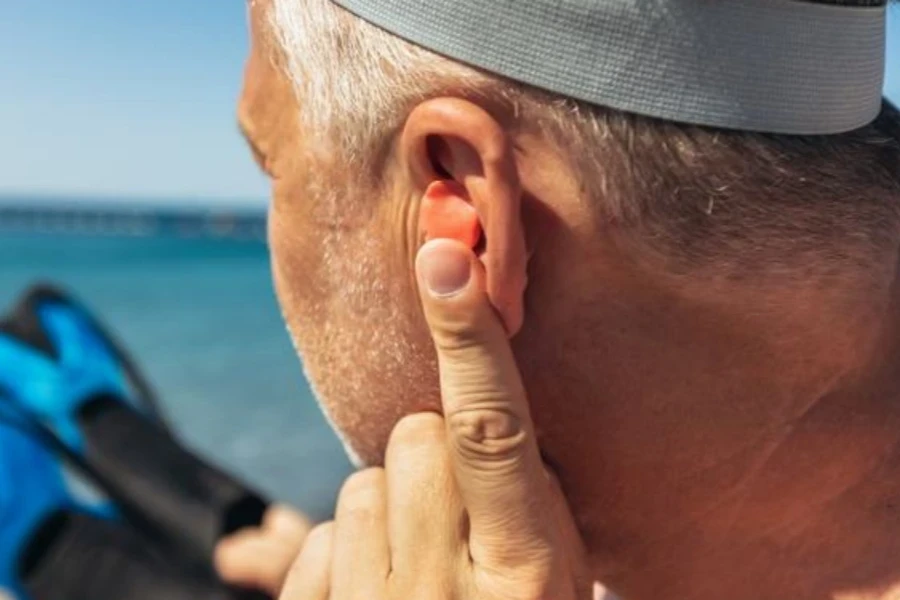
3.1 Rising Popularity and Demand
The swimming earplug market has been witnessing significant growth, with demand spiking as awareness around ear health has increased. Swimmers, both amateur and professional, are increasingly prioritizing ear protection to prevent ear infections like swimmer’s ear, which has led to a surge in product usage. This heightened awareness about ear health is not only influencing the way swimmers think about ear protection but also how often they choose to invest in high-quality earplugs. As people become more knowledgeable about the risks of prolonged water exposure, the demand for effective earplugs continues to grow. This trend is expected to continue into 2025, with more swimmers opting for products designed to keep water out while offering long-lasting comfort.
The increased usage of swimming earplugs can also be attributed to rising trends in health and wellness, where proactive protection from preventable conditions has become a top priority. With a growing number of people incorporating swimming into their fitness routines, both recreational and competitive swimmers are recognizing the benefits of using earplugs for long-term ear health. In 2024, market statistics reveal that a substantial portion of the swimming community is regularly investing in earplugs, signaling a shift towards a more health-conscious approach to swimming. This growing demand is expected to reach new heights by 2025 as earplugs become a staple in swim gear, especially among individuals who swim regularly.
3.2 Key Players and Innovations in the Market
The market for swimming earplugs is becoming increasingly competitive, with leading companies focusing on delivering innovative solutions to meet the evolving needs of swimmers. Key players are offering a variety of earplug options, from moldable to pre-molded types, designed to provide maximum comfort, water resistance, and durability. These companies are continuously improving their products by using advanced materials such as medical-grade silicone and thermoplastic elastomers (TPE), which enhance both comfort and functionality. The trend is towards earplugs that can be worn for longer periods without discomfort, addressing the concerns of swimmers who need reliable protection during extended sessions in the water.
In addition to material innovations, there has been a notable push towards creating earplugs with improved ergonomic designs. These designs ensure a better, more personalized fit, reducing the chances of water leakage and increasing comfort for users. The innovation doesn’t just stop with the design—many products are also incorporating hypoallergenic materials, making them suitable for individuals with sensitive skin. These innovations are a direct response to the market’s increasing demand for comfort, functionality, and quality. As companies in the swimming earplug industry continue to refine their products, they are helping to shape the future of swimming ear protection, pushing the market toward even greater advancements in materials, usability, and performance.
Factors to Consider When Choosing the Right Earplugs

Material and Comfort
When choosing earplugs for swimming, the material directly influences both comfort and durability. Silicone earplugs are highly flexible, molding easily to the ear canal to provide a secure and comfortable fit, making them ideal for long sessions. Foam earplugs, while soft and comfortable, might not offer the same durability but provide a snug fit that works well for those seeking a lightweight option. Rubber earplugs strike a balance between flexibility and strength, ensuring a durable, comfortable fit for regular swimmers. Comfort is crucial, particularly for those swimming frequently, as the right material can prevent irritation and ensure a good seal to keep water out.
Waterproof Seal and Durability
A reliable waterproof seal is essential in earplugs for swimming, as it prevents water from entering the ear canal, thus safeguarding against ear infections. The seal must be tight and secure, ensuring no gaps where water could seep in during swimming. Durability is equally important, as frequent exposure to water and chlorine can wear down earplugs over time. Materials such as silicone or rubber are known for their ability to withstand repeated use, maintaining both their seal and comfort for longer periods. Swimmers should prioritize earplugs with a robust waterproof seal and durable construction to ensure long-term protection and effectiveness.
Age and Specific Needs (Children, Adults, and Professionals)
Earplugs must be selected based on the swimmer’s age and specific needs. For children, earplugs should be soft, hypoallergenic, and easy to use, with a snug fit to prevent discomfort or leakage. Since children are more prone to ear infections, earplugs designed for them typically offer additional protection against water entry. Adult swimmers may prefer pre-molded earplugs for convenience or custom-fit options for a more tailored, comfortable seal. Professional swimmers, who spend extended periods in the water, require highly durable earplugs that can withstand regular use without sacrificing comfort or protection. Additionally, swimmers prone to ear infections should choose earplugs specifically designed to prevent moisture buildup.
Leading Models and Their Features
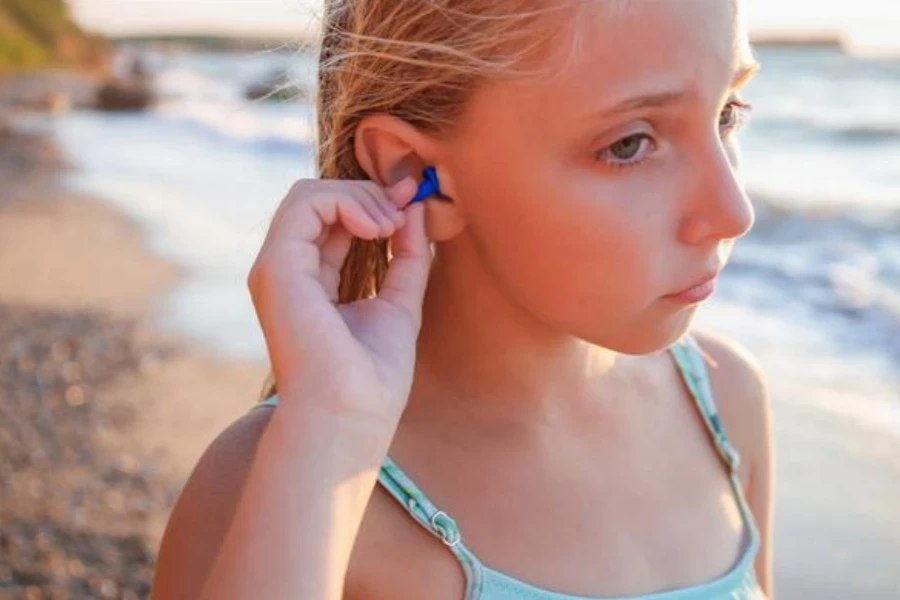
5.1 Top Recommendations for 2025
As the market for swimming earplugs continues to evolve, 2025 is set to bring a variety of high-performance models that prioritize comfort, durability, and water resistance. The top-rated earplugs for swimmers in 2025 will be marked by advanced materials and thoughtful design innovations. Popular options include silicone and rubber-based earplugs, known for their flexibility and longevity, while foam earplugs are preferred for a snug fit and comfort. Features like adjustable sizes and ergonomically designed shapes will enhance user experience, making earplugs more adaptable to different ear shapes.
When considering top recommendations, the focus will be on earplugs that cater to a range of needs, from casual swimmers to professionals. Durability will be a key criterion, with models featuring reinforced water-resistant seals to prevent ear infections. Additionally, some models are incorporating noise-canceling properties to provide an immersive swimming experience. With the increasing awareness of ear health and the importance of preventing swimmer’s ear, swimmers are opting for earplugs that offer both protection and a comfortable, secure fit during long training sessions or competitions.
5.2 Comparing Key Features: What Makes These Models Stand Out
The standout feature in leading swimming earplugs for 2025 is their balance of comfort, fit, and water resistance. Models made from silicone are particularly lauded for their ability to mold to the ear’s natural shape, providing a secure, water-tight seal that prevents water from entering the ear canal. Foam earplugs, on the other hand, offer an excellent fit for those with sensitive ears, and they provide a slightly more comfortable experience over extended periods. Some advanced models also feature adjustable components, such as multiple sizing options or customizable ear tips, which ensure a better fit for all types of ear shapes and sizes.
Waterproof seals will remain a pivotal feature of high-end earplugs, especially as swimmers become more conscientious about ear infections and ear health. The durability of the earplugs is another essential factor, as products with high resilience can endure repeated exposure to water and chlorine without deteriorating. Choosing between different models will depend on specific swimmer needs. Professionals, for instance, may prioritize more robust earplugs that stay securely in place during rigorous activities, while casual swimmers might opt for simpler, more affordable options with comfortable foam or silicone tips.
Conclusion
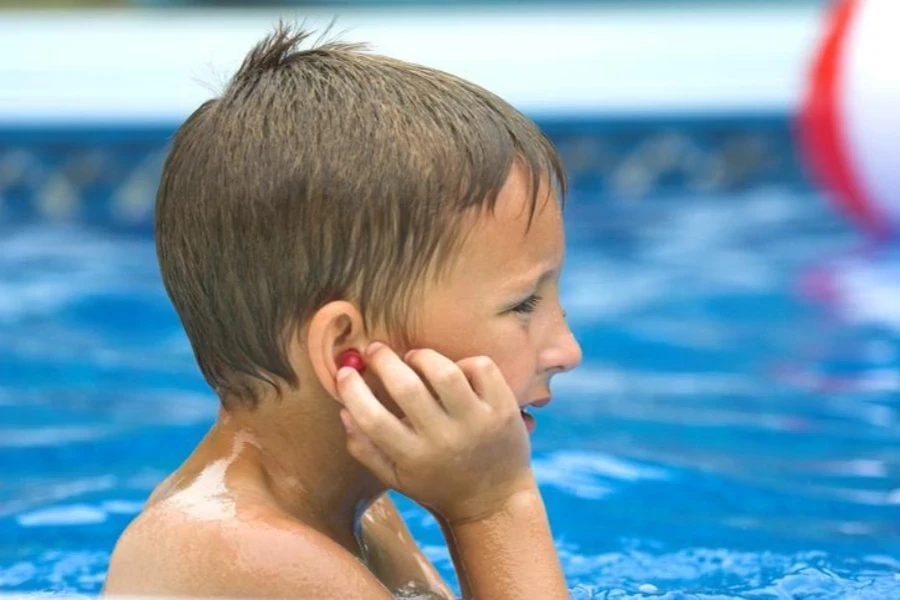
Selecting the right swimming earplugs for 2025 involves several key considerations that can significantly affect the user experience. Material choice, such as silicone, foam, or rubber, directly impacts both comfort and durability, ensuring that the earplugs can withstand frequent use without causing irritation. A solid waterproof seal is crucial in preventing ear infections, making the earplugs not only functional but also safe for regular swimmers. Additionally, addressing specific needs—whether for children, adults, or professionals—ensures that the earplugs deliver tailored performance. As the market evolves, top-rated models continue to focus on enhancing fit, comfort, and water resistance to meet the growing demand for high-quality swimming accessories.
